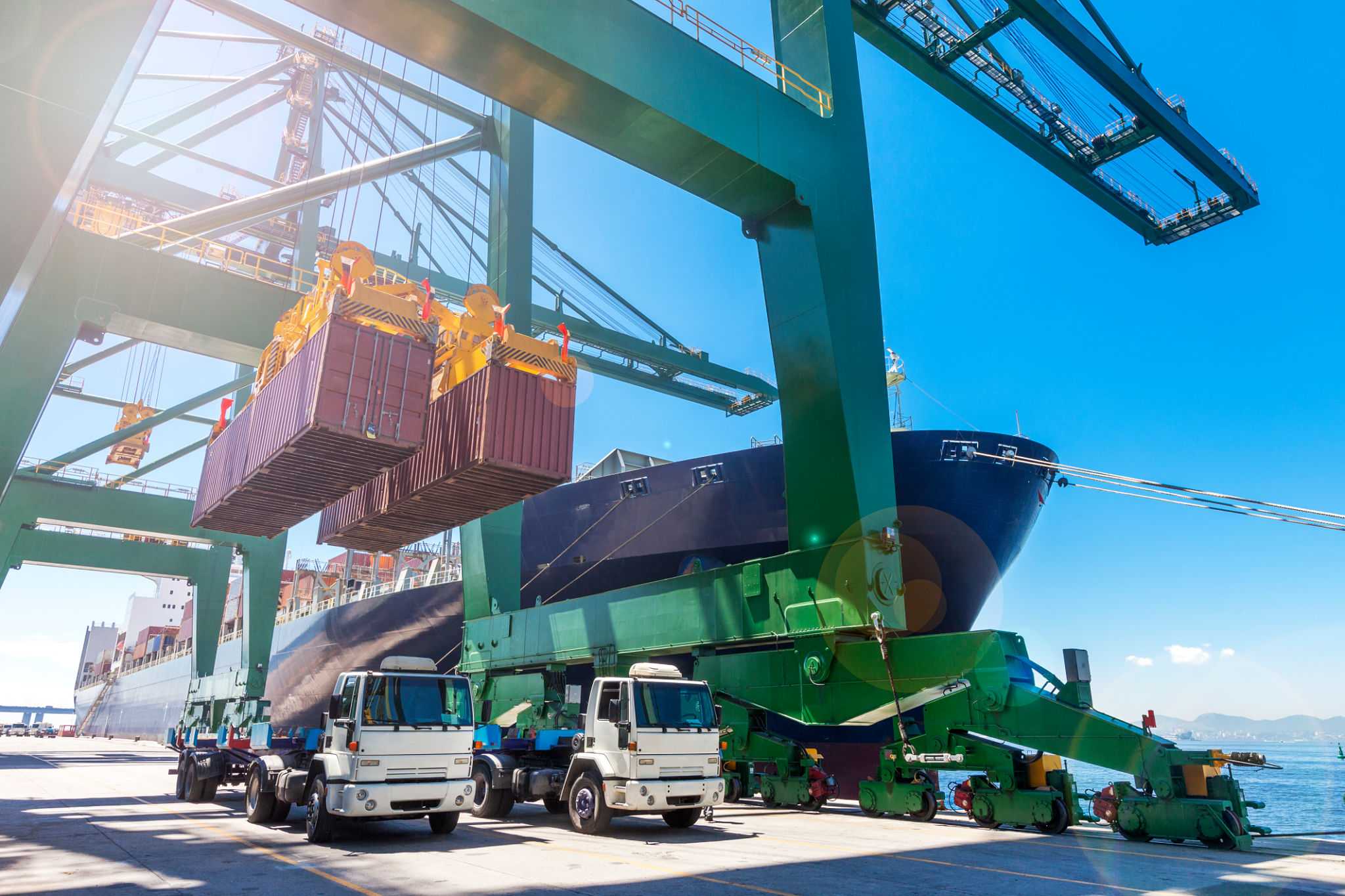Understanding Drayage: A Beginner’s Guide to Port Transportation
AS
What is Drayage?
Drayage is a critical component of the logistics and shipping industry, specifically referring to the transport of goods over short distances. Typically, this involves moving freight from a port to a nearby warehouse or distribution center. Drayage is an essential part of the supply chain, ensuring that goods make it from large ships to their next mode of transport efficiently.

The Importance of Drayage in Port Transportation
In the world of global trade, ports serve as bustling hubs where cargo is transferred between ships and the land-based transportation network. Drayage plays a vital role here. Without efficient drayage services, the entire supply chain can experience delays, leading to increased costs and potential disruptions in the availability of goods.
Challenges in Drayage Operations
Drayage operations face several challenges, including congestion at ports, regulatory compliance, and environmental concerns. Port congestion can lead to longer wait times for trucks, impacting delivery schedules. Regulatory compliance involves navigating a complex web of local, state, and federal transportation laws. Additionally, there is rising pressure to reduce emissions from diesel-powered drayage trucks, prompting a shift towards more sustainable practices.
Types of Drayage Services
Drayage isn't a one-size-fits-all service; it includes various types tailored to different needs:
- Inter-carrier drayage: Moving goods between different carriers, such as from a ship to a rail terminal.
- Intra-carrier drayage: Transport within the same carrier's network, like between two facilities operated by the same company.
- Expedited drayage: For time-sensitive shipments requiring quick delivery.

The Role of Technology in Drayage
Technology is transforming drayage services with advancements like GPS tracking, automated scheduling systems, and real-time data analytics. These tools help streamline operations, reduce wait times, and provide transparency to all parties involved. As technology continues to evolve, it's becoming increasingly important for drayage companies to adopt innovative solutions to remain competitive.
Sustainable Practices in Drayage
Environmental concerns are driving changes in drayage operations. Many companies are investing in electric trucks or alternative fuel options to reduce their carbon footprint. Additionally, optimizing routes through technology can minimize fuel consumption and emissions. Implementing sustainable practices not only benefits the environment but can also lead to cost savings and improved efficiency.

Choosing the Right Drayage Provider
Selecting a reliable drayage provider is crucial for businesses relying on smooth port transportation. Key factors to consider include the provider's experience, reliability, technological capabilities, and commitment to sustainability. Building a strong partnership with a dependable drayage provider can help ensure that your goods are transported efficiently and safely through the supply chain.
Understanding drayage and its role in port transportation is essential for anyone involved in logistics and shipping. By recognizing its challenges and opportunities, businesses can better navigate the complexities of global trade and enhance their supply chain operations.